True’s newest merchandiser is now available across Europe
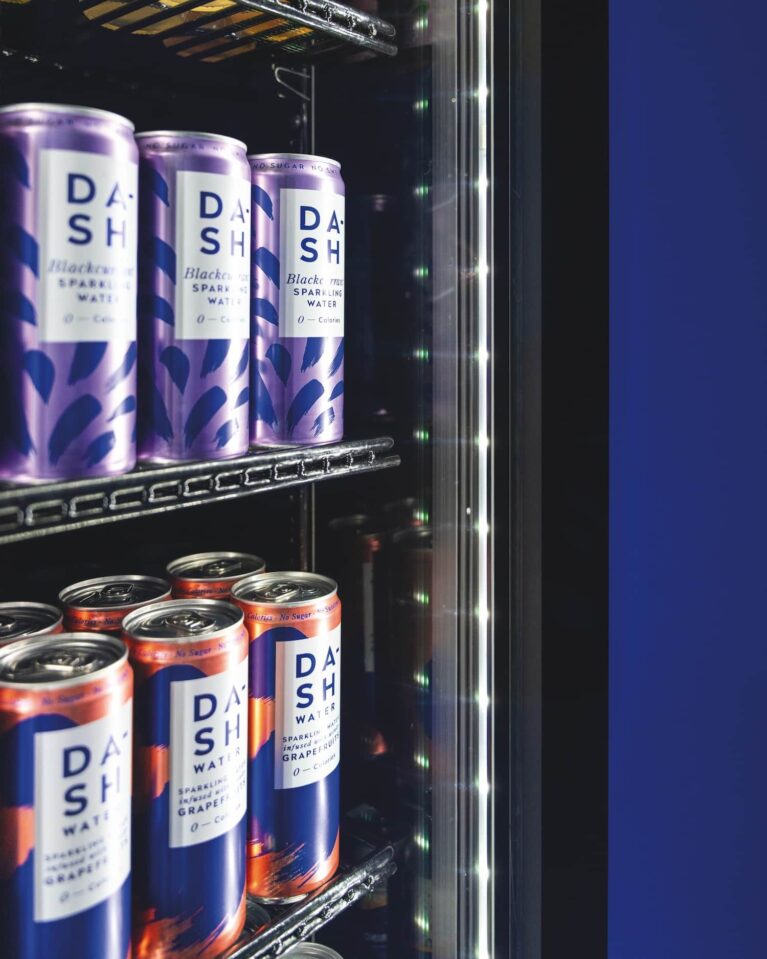
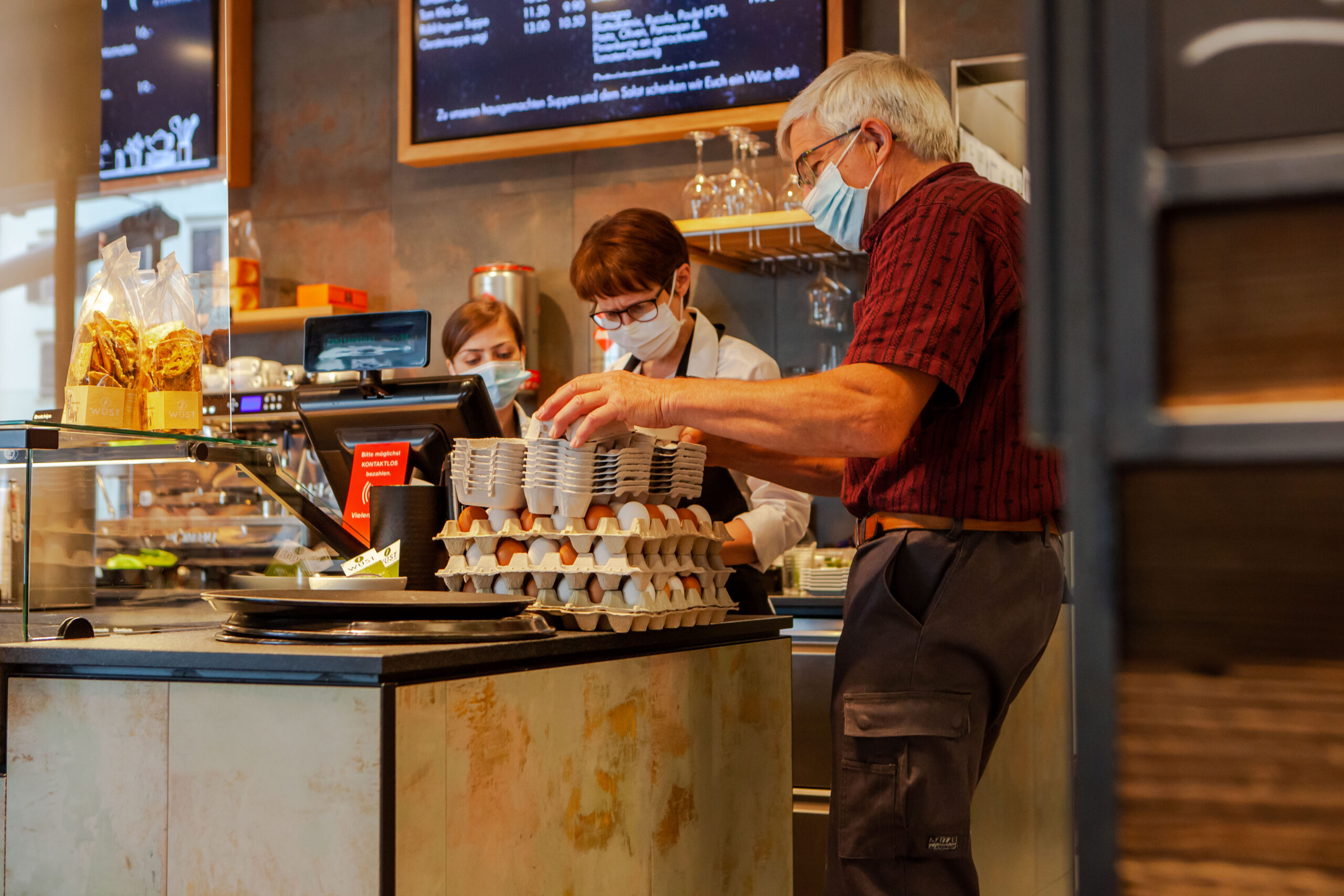
Few people enter the hospitality business because they have a passion for managing kitchen inventory! But make no mistake. The ability to effectively monitor and control the use of food supplies, utensils and other equipment can have a direct impact on your long-term success. Get it right, and you’ll be able to minimise the costs of food waste and over-ordering, whilst simultaneously maximising your margins and net profit for years to come.
Kitchen inventory management is all about knowing – as in really knowing – what ingredients and supplies are coming in and out of your business, and why. It’s a critical part of loss prevention and provides real visibility and control over your bottom line. If you’re not effectively tracking your inventory on a regular basis, there’s every chance you could be losing money without even knowing.
Whether your kitchen is large or small, messy stockrooms and commercial refrigeration units are asking for trouble. They can lead to common and entirely avoidable kitchen inventory mistakes such as double counting, over-ordering, wastage and a lot of general frustration, especially during busy service periods. By keeping your stock areas clean, organised and well labelled it’s always easy to see what you have – and what you don’t. From time to time it’s also an excellent idea to compare what you can actually see versus what your inventory says you have. If there are any gaps or major discrepancies, you can set about solving them.
Different kitchens can have vastly different inventory cycles. For some it will be daily, while for others weekly or even fortnight may suffice. It all depends on the type and location of the business (for example, regionally-based kitchens may need to allow longer for orders to arrive than those in metropolitan areas) to the menu itself and how many customers you serve on a typical day.
Intuitively, you’ll probably already have an idea of the right schedule for your kitchen. Whatever it is, pick a regular day and time for your inventory checks – then stick to it! This is super important as managing your inventory consistently will lead to far more comparable data that you can confidently rely on when reviewing past results and making future decisions.
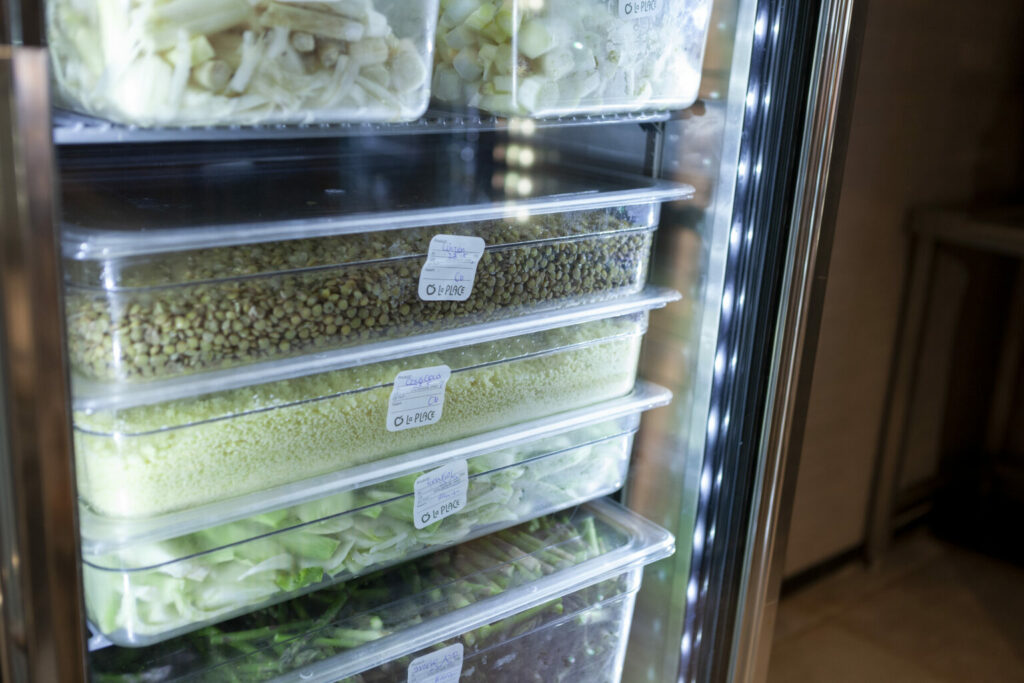
Having a manual kitchen inventory system is better than none. But it can be prone to errors, while also soaking up valuable time. The good news is there are some great automated inventory management software options now available to help you more quickly (and accurately) track your inventory. Most of these can be run off laptops, tablets or even smartphones and allow you to quickly record and check quantities and orders. You can also set alerts when you’re running low on key items or ingredients, so you can re-order them before you run out.
Depending on how sophisticated you want to get, some software even allows you to automate the ordering process. While another handy function helps you calculate and monitor recipe costs, right down to an itemised cost per ingredient, which can be useful in setting menu prices.
Like most kitchens, there are bound to be some ingredients you use more quickly than others. For these items, it’s always a good idea to keep some extra ‘just in case’ inventory. Of course, the big watch out here is to keep a close eye on the freshness of any excess inventory, especially if it’s perishable. Adopting a simple FIFO (first in first out) approach here is the way to go.
Lessons learned from past inventory mistakes – and successes – are always a great guide for the future. By understanding which items and ingredients in your kitchen inventory were over and under-utilised, you can make even better decisions next time. You can also use this information to more accurately predict customer ordering trends depending upon the time of the day, week and year. It all helps to make your business smarter and more efficient which, ultimately, means a better bottom line.
Looking for strategies and equipment to help better manage your kitchen inventory?
Contact us today.

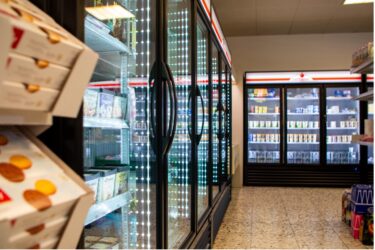
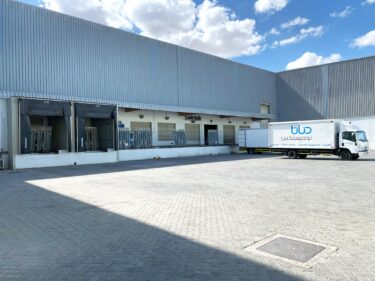
Marking another major milestone in its global growth journey, True Refrigeration has expanded its footprint in the Middle East with the opening of a new warehouse in Dubai.